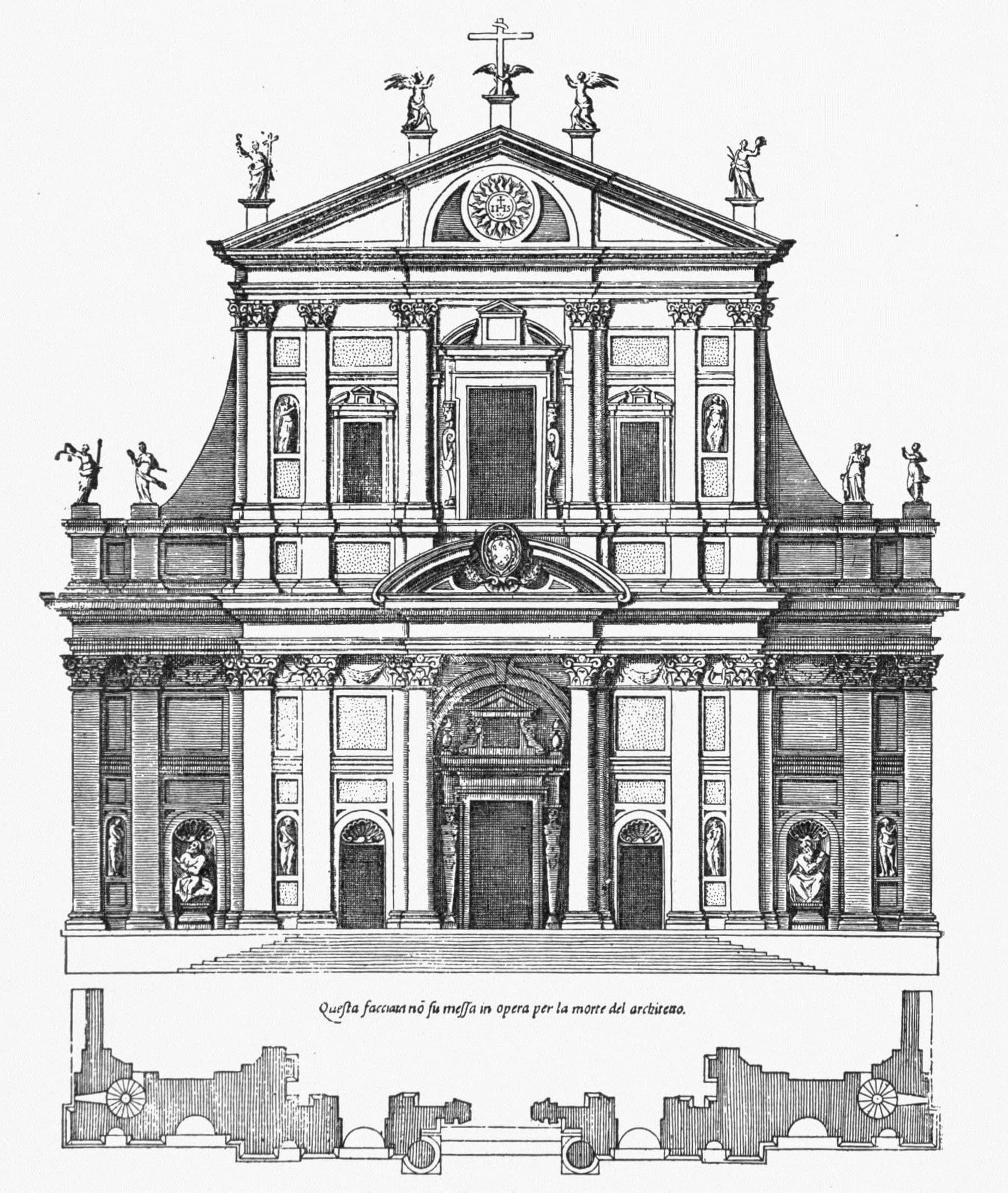Like sculpture, architecture is more than merely the creation of a form in space. Both mediums make use of shadow and light, in addition to form, to help define the viewer's emotional experience. Only in the case of architecture, though, is the viewer intended to examine the artwork from both an 'inside', as well as 'outside', perspective. Of course, the 'utilitarian' nature of architecture adds an additional challenge that makes it inherently different from 'pure' sculpture. But architecture is, in a sense, a very special kind of sculpture. Here is a brief history of architectural art.

Since the beginning of time, architecture has been intertwined with art. From the temples of ancient Mesopotamia, Egypt, and Greece, to the pyramids of China and Mexico, and the castles of Europe, these structures are all intended to be mystical and awe inspiring, not merely 'buildings'.
In essence, art and architecture are inseparable. And, although one of architecture's presiding tenets is 'form follows function', in practice, the architects message may often be... "Surprise!" But like all other art forms, architecture continues to evolve through a progression of styles, or genres.
Typically, these varying styles are based on a number of changing factors, including availability of materials and methods of engineering and construction, not to mention cultural, historical, and religious influences.
1. Classical Architecture
Western architecture has been most heavily influenced by the Classical style, characterized by an adherence to highly structured geometric proportions and religious icons. Foremost among examples of Classical architecture is the Parthenon of ancient Greece.

2. Romanesque - Gothic
By the end of the first millennium, Christianity had spread through much of the Western world. The architectural style of Medieval Europe, for example, was characterized by massive stone structures designed to elicit a feeling of piety and reverence. These early structures were devoid of sculptural ornamentation, and relied more on painted frescoes. This Romanesque style was replaced by the more ornate Gothic style. We see spires appearing, round arches morphing into pointed arches, and the ornate use of religious carvings and sculpture.
3. Renaissance - Baroque
With new discoveries in astronomy and science, the Renaissance brings the focus down to earth. Representing a cultural rebellion against the piety heretofore demanded by the Church, the Renaissance brought a return to the mathematical and geometric forms of Classical times. And just as the Gothic style was an attempt to 'dress up' the Romanesque, so too did the excessively ornate Baroque style follow the Classical style popularized during the Renaissance.

4. Neoclassicism
The Renaissance represented a rebellion from the religious dogma of the Medieval church. The Neoclassic architectural style, corresponding with the Age of Enlightenment, represented a rebellion against the perceived excesses of the Baroque and Rococo styles that preceded it. Characterized once again by a return to Classic values, this style, also known as Palladianism, was hugely influenced by the 16th century Venetian architect, Andrea Palladio. Much of the grand architecture of Georgian Britain exemplifies this Neoclassic style.
5. Modern Architecture
With new discoveries in materials and engineering, the Industrial Revolution of the 19th century heralded in a new way of designing and building, the era of Modern architecture. The new materials, including steel and plate glass, allowed for bold new design and construction initiatives. The architecture of the early 20th century was heavily influenced by the 'Chicago' style. Typical of this movement was the steel beam construction, terra cotta masonry, and plate glass windows. Unnecessary ornamentation was largely avoided. Chicago's Home Insurance Building, built in 1884, is one of the first major buildings done in the Chicago style.

A hugely influential architect in America around this same time, Frank Lloyd Wright's individual style has come to be known as the 'Prairie School'. Perhaps better known for his designs of private residences, Wright's 'art deco' influenced style championed the importance of symmetry with the surrounding landscape in his architectural designs. To this day, many of his structures, which include Fallingwater and the Guggenheim Museum, are considered among the most beautiful ever built.
6. Post-Modern Architecture
The new designs made possible with the invention of steel beams and concrete have, in modern times, far exceeded the possibilities of architectural art anyone imagined at the turn of the last century. Seattle's MoPop Museum, designed by Frank Gehry, was conceived to resemble Jimi Hendrix's smashed guitar. Not universally acclaimed, it is certainly stunningly remarkable in its unorthodox design. Some of his other incredible buildings include the Bilboa Guggenheim Museum, the Walt Disney Concert Hall in Los Angeles, and the Louis Vuitton Foundation in Paris.

Due primarily to the unlimited funding available in Saudi Arabia, as well as the fairly unencumbered geography of what is essentially a brand new city, Dubai is at the forefront of the most boldly astonishing and lavish possibilities in modern architecture. From the Burj Khalifa (the world's tallest building) to the Jumeirah Beach Hotel (the world's only 7-star hotel), Dubai features some of the most imposing, and astonishing, architecture anywhere in the world.
Without a doubt, today's bold new structures are blurring the boundaries between sculpture and architecture like never before. And like all great art, like it or not, the architectural arts display truly astounding feats of human endeavor.


